Die Hard, now recognized as a trailblazer in the realm of contemporary action movies, started as an underdog. Its roots can be traced back to an epoch when its now-famous personas were still largely unknown, and the movie’s most innovative strategies were crafted on the spot. It was initially presented to a famous singer for the lead role. The unsung heroes of Die Hard’s improbable journey were primarily Jeb Stuart, a young father striving to secure a lifeline for his fledgling screenwriting career, and Lloyd Levin, an executive at 20th Century Fox who was on a quest to procure a surefire summer hit.
Dialing back to the cinematic milieu of 1968, Fox had already hit the bull’s-eye that year with The Detective, a noir-tinged mystery film spun from the pages of a best-selling book penned by Roderick Thorp. Starring Rat Pack member Frank Sinatra as the resilient detective Joe Leland, the film was praised for its unflinching portrayal of the perils of police procedural work. A sequel to the book, dubbed Nothing Lasts Forever, saw daylight only in 1979. However, Fox, already possessing the rights to the sequel, and Levin, recognizing the robust narrative, felt that it was a fertile ground for an action flick, especially considering the plot was centered around a now-retired Leland singlehandedly combating a group of terrorists while ensnared in a 40-story building.
Stuart and Levin Unite to Navigate Their Individual Predicaments
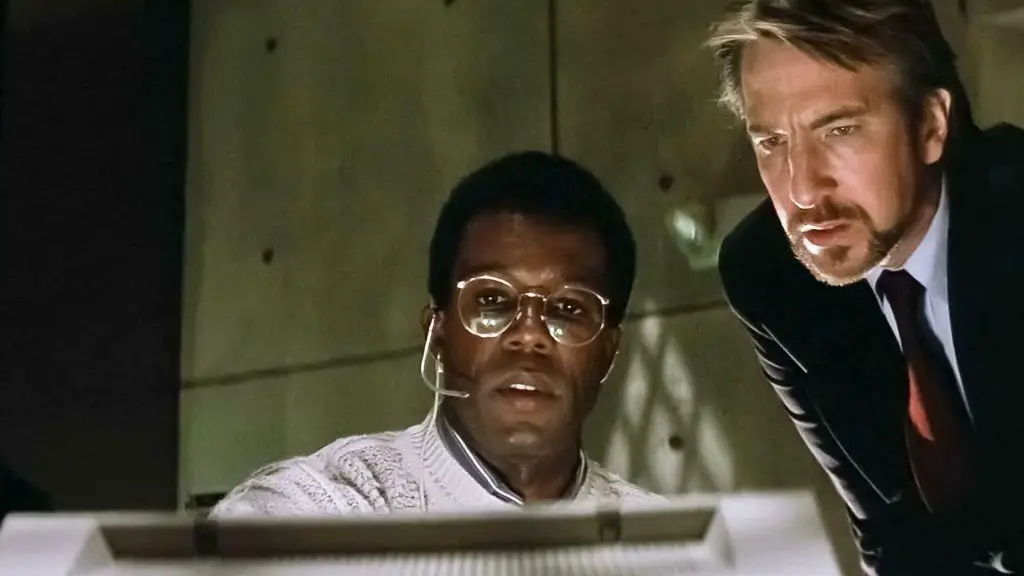
Initially, Stuart grappled with transforming the book’s somber mood into a breezy, popcorn-worthy spectacle. His plight was compounded by the stress of ensuring his family’s sustenance while grappling with financial constraints. His Eureka moment came after a heated disagreement with his wife. Driving on the interstate, fueled by remorse, he realized he was in the wrong and that he owed his wife an apology. Being a seasoned thriller writer, Stuart knew that the heart of any suspenseful narrative was making the audience root for the characters. This led to him making a seismic shift in the protagonist’s characterization, transforming the bitter, divorced Joe Leland into a younger man, now named John McClane. Stuart envisioned McClane as a man who acknowledges his shortcomings towards his wife, which provided the much-needed relatable emotional center for the audience.
Within weeks, Stuart had his first draft ready. Fox wasted no time in greenlighting the project, roping in Joel Silver, a producer with an impressive resume of ’80s hits like Commando, Lethal Weapon, and Predator. Fox was keen to replicate the high-octane, one-man army model epitomized by these films, resulting in Die Hard being branded as “Rambo in an office building”, a nod to the Sylvester Stallone-starring First Blood.
Major Directors Turn Their Backs on the Project
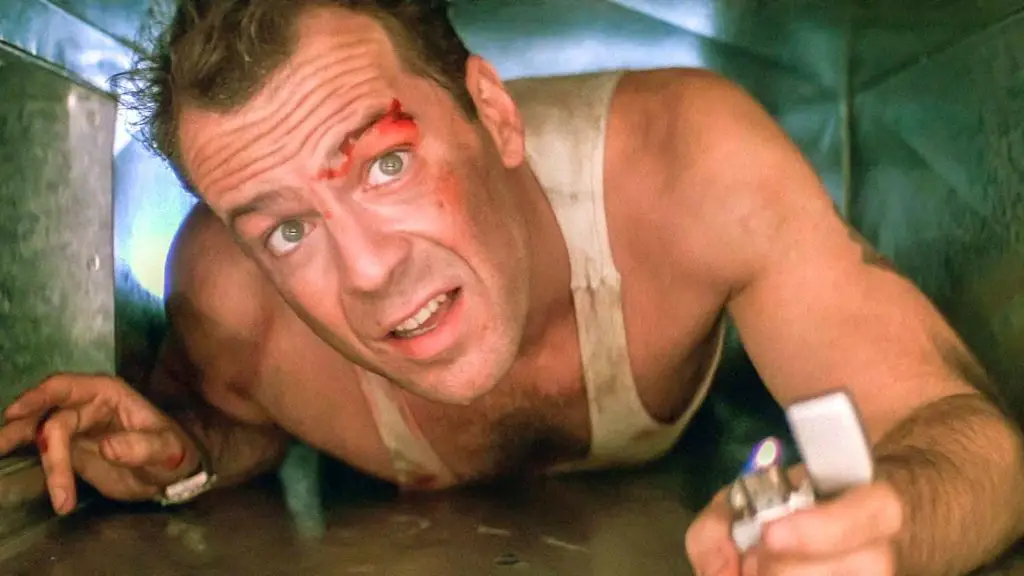
Ironically, this posed a significant challenge. The industry creatives were disenchanted by the Rambo-style approach after a decade of commercial success. Notably, Robocop’s Paul Verhoeven and Predator’s own John McTiernan declined the director’s chair. However, Fox was unyielding, and McTiernan finally relented, with a condition that the terrorists be reimagined as thieves, infusing “some joy” into Die Hard, distinguishing it from its contemporaries.
The industry’s leading men were not the only ones giving Die Hard a cold shoulder. A constellation of Hollywood’s biggest revenue-generating names, including Sinatra, Sylvester Stallone, Clint Eastwood, Arnold Schwarzenegger, Harrison Ford, Paul Newman, Al Pacino, Richard Gere, and Burt Reynolds, rejected the script. With time against them and the need to cast a star with bankable appeal, the producers finally settled for an obscure actor showing interest in the project: Bruce Willis.
Bruce Willis’s Inclusion Sets Hollywood Abuzz
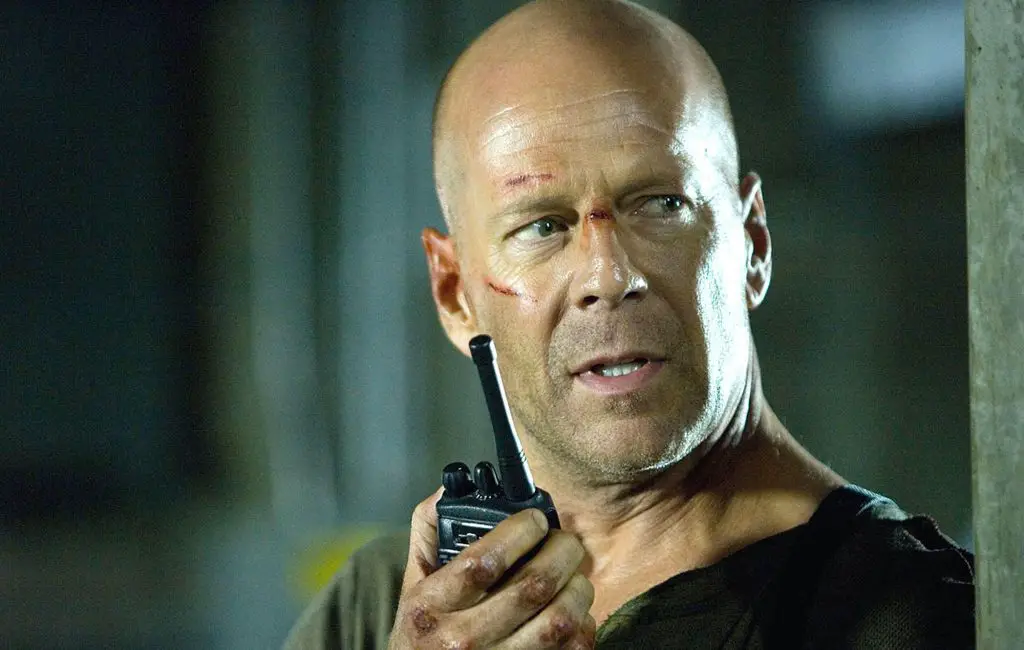
Back then, Willis was known primarily for his role in the romantic sitcom Moonlighting. The leap from television to film in the ’80s was far from easy, and his stint as the singing face of Seagram’s Golden Wine Coolers did not really count. Willis was offered a staggering five million dollars, a sum usually reserved for long-established superstars. Whether intentional or not, this colossal paycheck transformed Die Hard into the hot topic of Hollywood. The industry waited with bated breath to witness if Fox’s daring gamble would implode, mirroring the spectacular detonations seen in action films.
The rest of the cast was also relatively unknown, including stage actor Alan Rickman. The filming took place inside the Fox Plaza building on the Fox lot, providing a realistic setting as opposed to studio backlot designs. While certain floors were entirely dedicated to the shooting, others were only accessible after business hours, much to the annoyance of Fox executives and lawyers whose work was often interrupted by the bustling activity of the film crew. Screenwriter Steven e. de Souza was brought in to expand on the supporting characters, enabling Willis, still engaged with Moonlighting during the day, to catch some rest after enduring several consecutive 24-hour workdays.
Innovation was Integral to ‘Die Hard’s’ Action Sequences
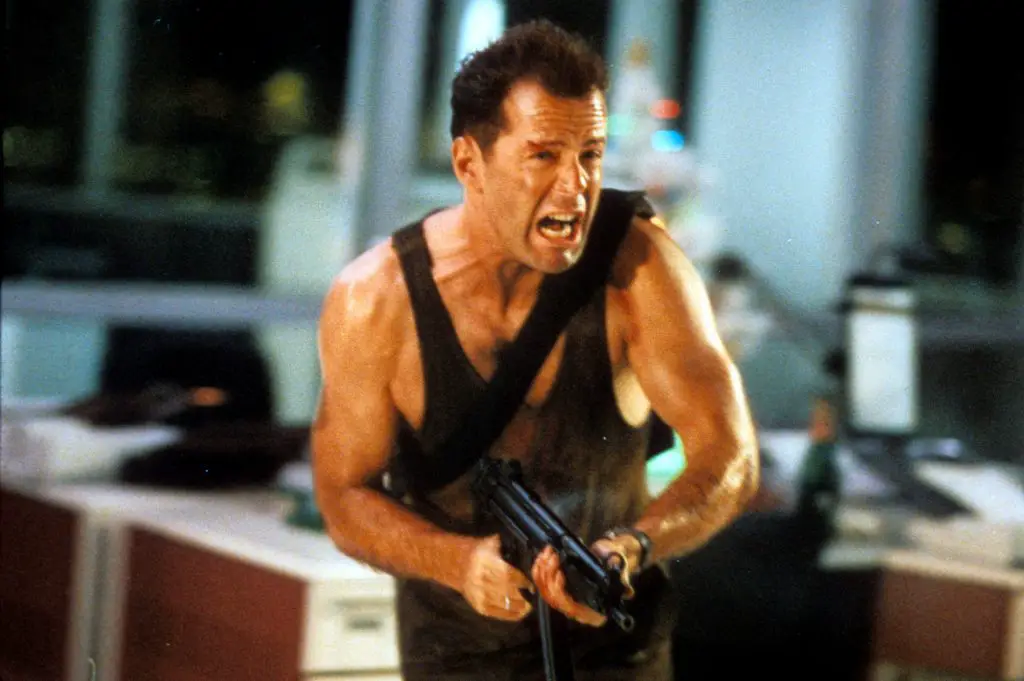
McTiernan and Jan de Bont, the director of photography, found the action cliches of the era stale and inert. They collaborated daily to brainstorm and improvise ways to make Die Hard a standout action experience. Concepts ranged from emphasizing McClane’s vulnerability to employing handheld cameras to heighten tension, a novel technique at the time. Real-world items were used as props in fight scenes, and actual explosions were executed, including the firing of rocket launchers, destruction of a SWAT truck, and simultaneous shattering of an entire floor’s windows. The filming schedule was relentless, forcing de Souza to write at breakneck speed to keep up.
The Hard Work Finally Paid Off
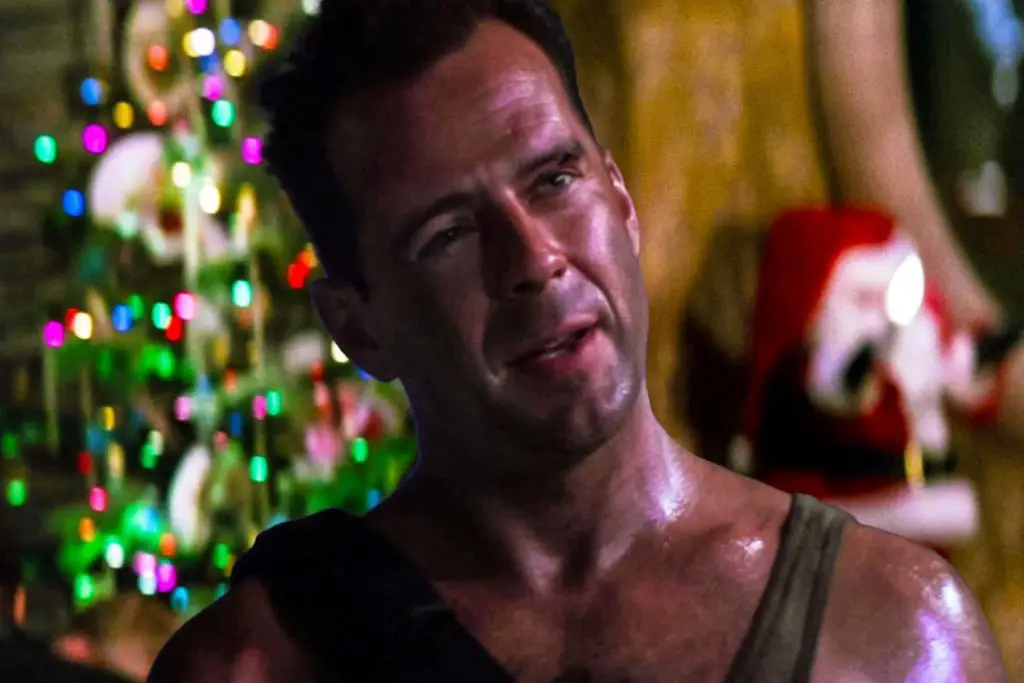
The team recognized they had created something extraordinary, even from the rough cut. However, audiences required convincing, as initial reactions to Willis’s appearance in the trailer ranged from laughter to outright booing. In response, Fox removed his face entirely from the posters, only to reinstate it once Die Hard began gaining momentum. Word-of-mouth recommendations helped the movie rake in a whopping $140 million worldwide, turning heads throughout the industry. The highly relatable character of McClane, an equal blend of charm and exasperation, marked a departure from the ultra-masculine action hero archetype that once ruled American cinema. A franchise of five additional films followed, and the careers of the three leading men skyrocketed: Willis emerged as one of the highest-grossing actors of his era, Rickman became an iconic villain, and Reginald VelJohnson went on to star in the popular sitcom Family Matters for nine seasons.
In an amusing twist of irony, future action pitches tried to mimic Die Hard’s success by claiming to be “Die Hard in a location”. Die Hard’s success was far from guaranteed, except for the relentless determination of its creators. “Movie magic” might be a clichéd term, but even after 30 years and countless imitators, few action films have managed to remain as tightly-woven, electrifying, and cinematically gratifying. Not to mention that none of them spark as much heated debate about their status as a Christmas movie. Yes, Die Hard indeed counts as a Christmas movie!


